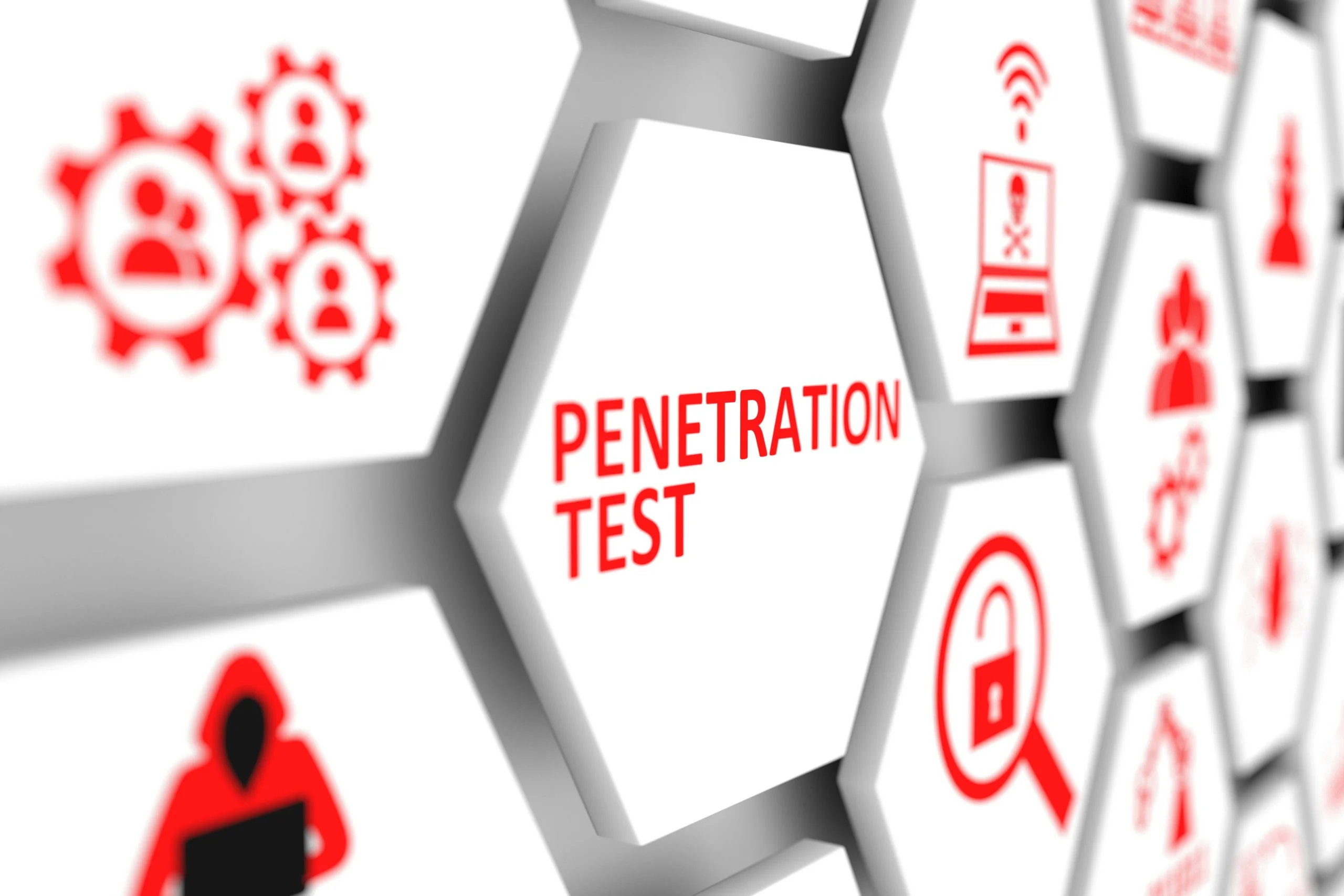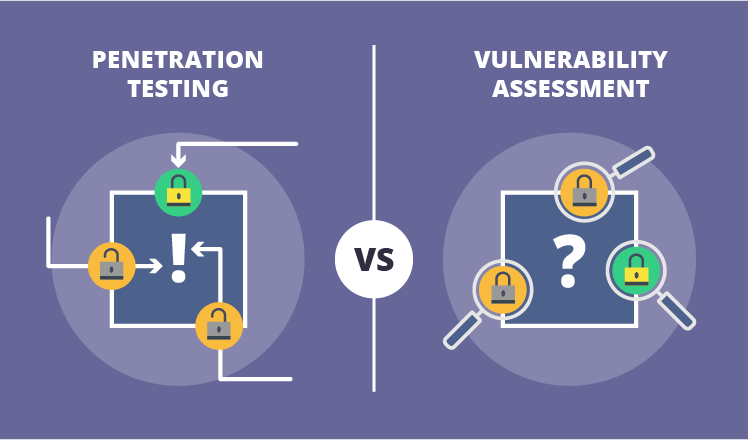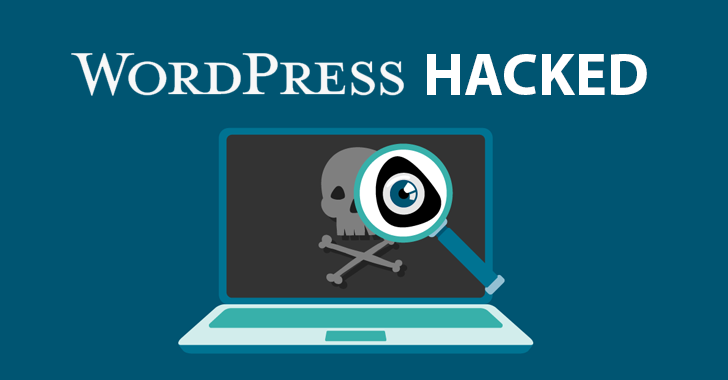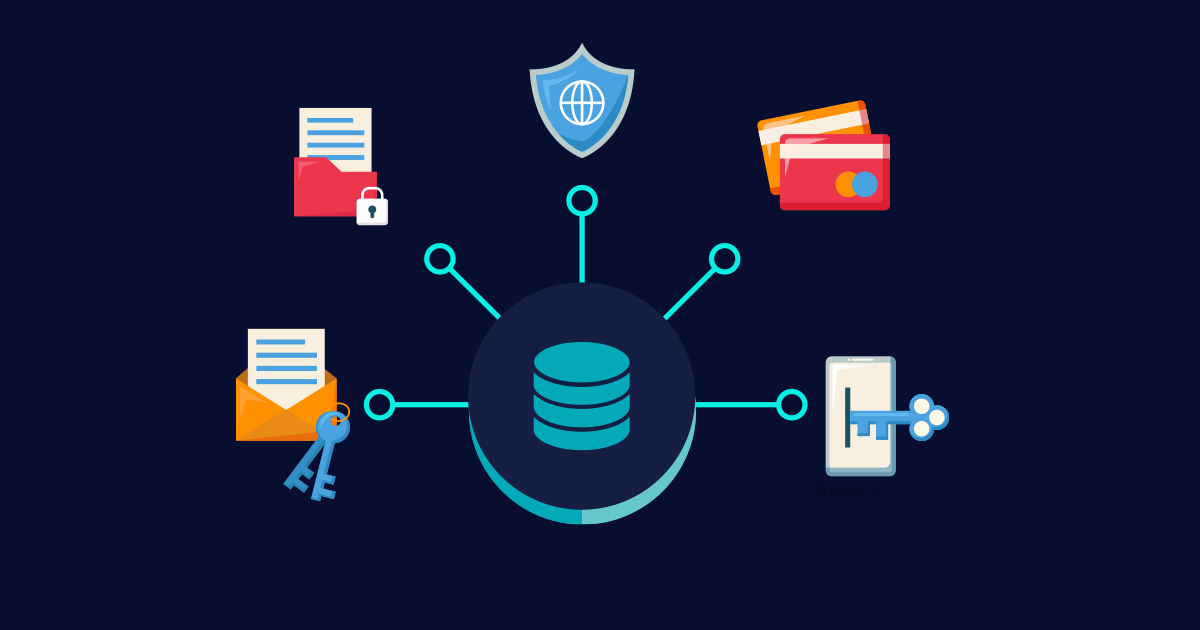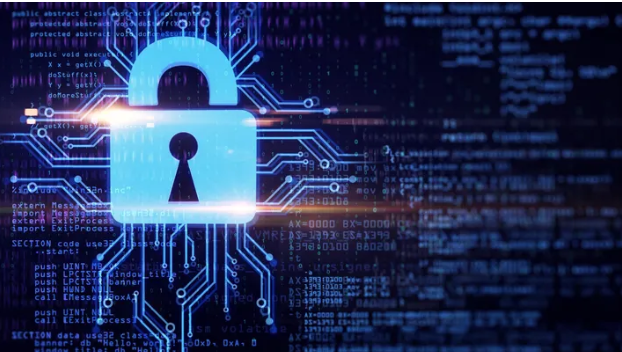
In today's increasingly digital world, cybersecurity is more important than ever. Cyberattacks are becoming more sophisticated and targeted, and they can have devastating consequences for businesses of all sizes.
One of the most important lines of defense against cyberattacks is employees. Employees are often the first to encounter a threat, and they can play a critical role in preventing an attack from succeeding.
That's why it's so important to create a strong cybersecurity culture within your organization. A cybersecurity culture is one in which employees are aware of the risks of cyberattacks and take steps to protect themselves and the organization.
How to Create a Cybersecurity Culture
There are a number of things you can do to create a cybersecurity culture within your organization. Here are a few tips:
Start from the top: Cybersecurity must be a priority from the top down. Executives need to set the tone and make it clear that cybersecurity is a top priority for the organization.
Provide training: Employees need to be trained on cybersecurity risks and best practices. This training should be ongoing and should be tailored to the specific needs of your organization.
Encourage reporting: Employees should be encouraged to report any suspicious activity they see. This could include phishing emails, malware, or unauthorized access to systems.
Create a culture of awareness: Cybersecurity should be part of the everyday conversation within your organization. Employees should be aware of the risks and how to protect themselves.
Engaging Employees as the First Line of Defense
Employees are your first line of defense against cyberattacks. That's why it's so important to engage them in cybersecurity efforts.
Here are a few ways to engage employees in cybersecurity:
Make it personal: Help employees understand how cyberattacks can affect them personally. This could include financial loss, identity theft, or even job loss.
Make it relevant: Tailor your cybersecurity messages to the specific needs of your employees. This could include information about the types of cyberattacks they're most likely to encounter, or the best practices for protecting their personal devices.
Make it fun: Cybersecurity doesn't have to be boring. There are a number of ways to make cybersecurity training and awareness fun and engaging. This could include using games, simulations, or humor.
Conclusion
Creating a strong cybersecurity culture is essential for protecting your organization from cyberattacks. By engaging employees in cybersecurity efforts and making it a priority from the top down, you can create a culture where everyone is aware of the risks and takes steps to protect themselves and the organization.
